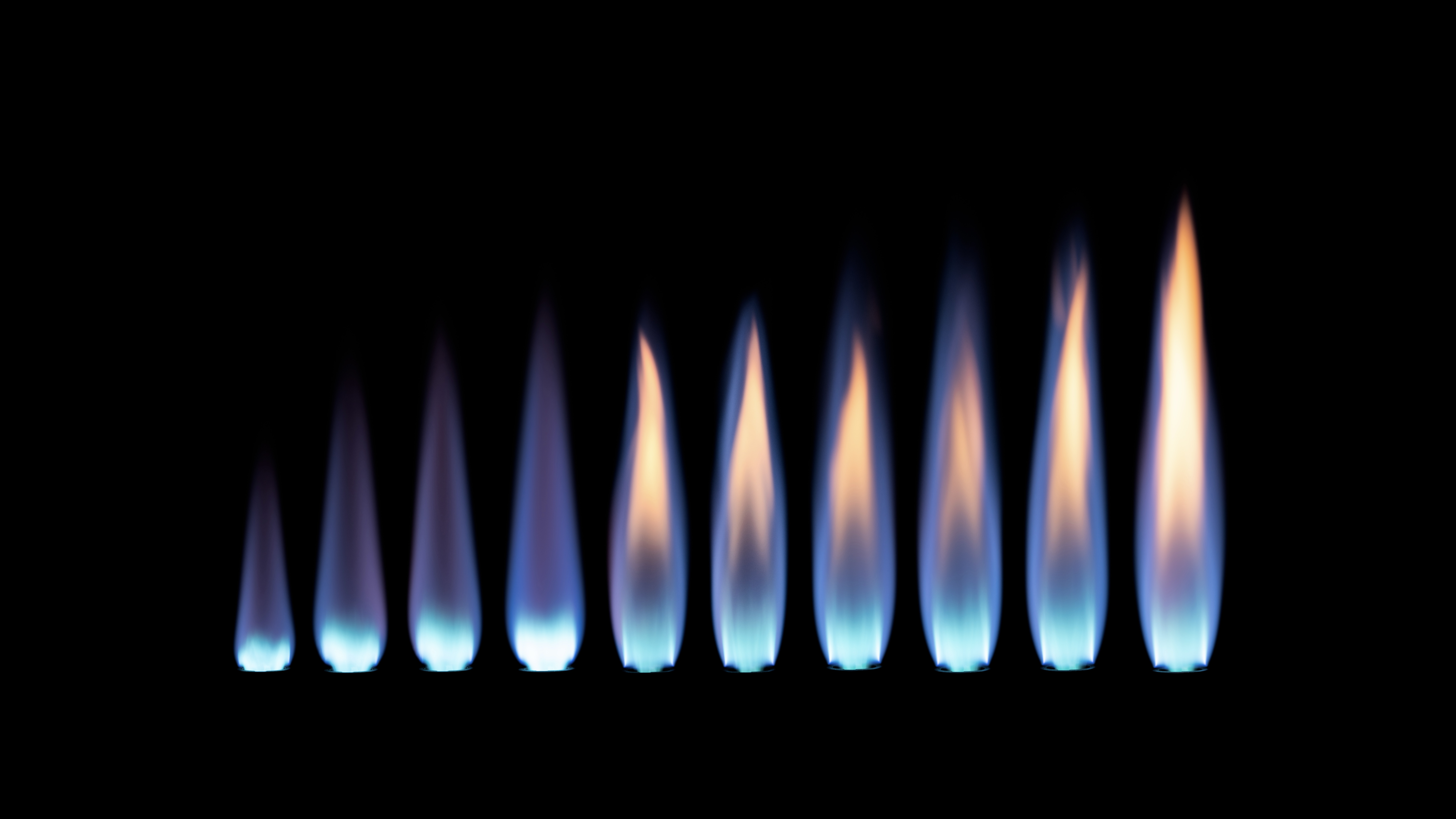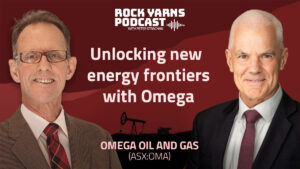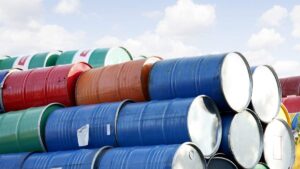Peter Strachan: Omega’s Taroom Trough gas play is well funded, well positioned, well in focus

Pic via Getty Images
A well flare reportedly delivered by multinational energy giant Shell this month has trained eyes on the Taroom Trough, a region now viewed as a good candidate to emerge as the next frontier to solve the east coast’s emerging gas supply crisis.
That has brought the focus even more squarely not just on the Dutch supermajor, but also Australian players like Santos (ASX:STO) and juniors Omega Oil & Gas (ASX:OMA) and Elixir Energy (ASX:EXR) who all hold tenure in the region.
Legendary Australian energy and resources analyst Peter Strachan has joined Stockhead to break down why so much attention has turned to Omega’s key Canyon horizontal drill well in the Taroom.
Omega Oil & Gas has embarked on an appraisal program at its Taroom Trough permits, located 140km south-east of the Wallumbilla gas hub in southern Queensland.
Operators have already found gas, generated from embedded Permian coal seams, along with oil from a deeper marine sequence that is currently in the oil-generating window.
The company joins several other groups, including Shell and Elixir, that have collectively identified many trillions of cubic feet (Tcf) of prospective gas resources in the region.
Those are trapped in low permeability basin-centred accumulations of the Taroom Trough, which is now rated in the industry as one of the best places to search for onshore gas in Australia.
Omega is aiming to test flow potential through a fracture simulated horizontal well into identified gas equivalent Contingent Resources of 0.5, 1.7 and 4.5 Tcfe in 1C, 2C and 3C categories respectively.
Prime position to scale up
Omega’s permits are well-located with respect to market access via a nearby gas hub, at a time when gas supply to Australia’s east coast is falling and gas prices have recently averaged ~A$14 per gigajoule.
By mid-October 2024, the company aims to have completed a horizontal section of between 600m and 1100m in length that is optimally directed for fracture propagation through the Lower Kianga Formation, kicking off from about 3450m at its Canyon-1 well.
Data will inform a detailed program design for fracture stimulation along the trial horizontal well section, which will be undertaken during Q1 2025.
The stimulation program will be immediately followed by an extended period of flow testing of gas and petroleum liquids from Canyon-1 HZ.
If successful, gas and oil production from each well and location in the Taroom Trough could be scaled up. The play exhibits 300 vertical metres of prospective sedimentary interval that could support drilling of multiple stacked and offset horizontal gas recovery sections.
Horizontal sections of up to 2km are now common in tight formations being produced in the USA, and gas flow per well is a function of the effective horizontal well penetration.
Well funded and in focus
Omega is well funded for its estimated $9 million program at Canyon-1H.
The company had $17 million of cash going into July ‘24 and recently raised a further $6.5 million from supportive shareholders, including Tri-Star Group and the Flannery Family.
Those big energy names dominate its top 20 shareholders.
Omega has contracted a rig that has just completed work for Shell nearby, reducing operational risks with a crew that is well seasoned in the play.
The Taroom Trough is likely to generate significant newsflow over coming months.
Adding to that, results from work carried out by its peers are likely to maintain focus on this emerging gas play.
At Stockhead we tell it like it is. While Omega Oil and Gas is a Stockhead advertiser at the time of writing, it did not sponsor this article.
Related Topics

UNLOCK INSIGHTS
Discover the untold stories of emerging ASX stocks.
Daily news and expert analysis, it's free to subscribe.
By proceeding, you confirm you understand that we handle personal information in accordance with our Privacy Policy.








